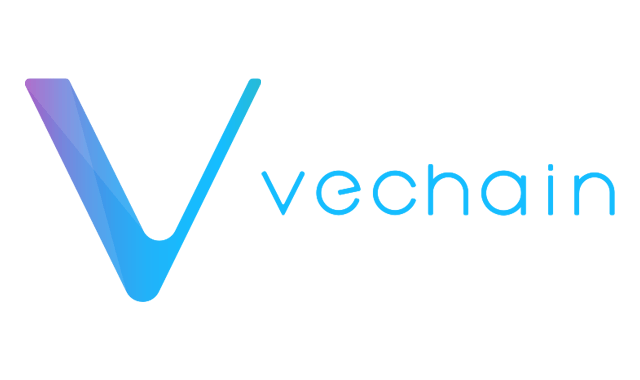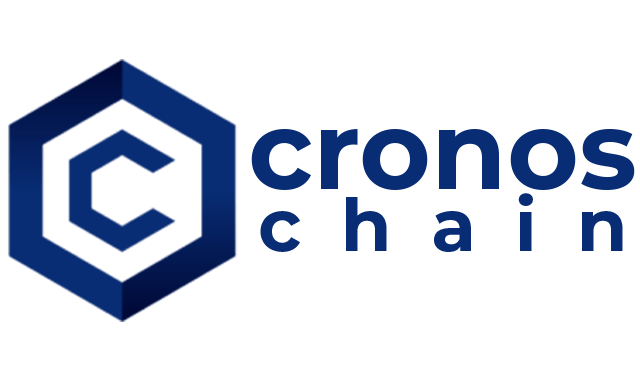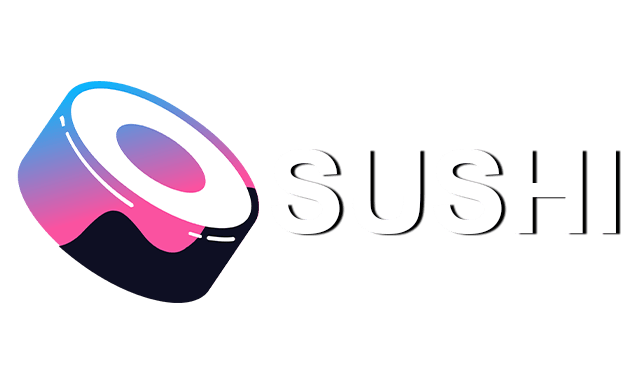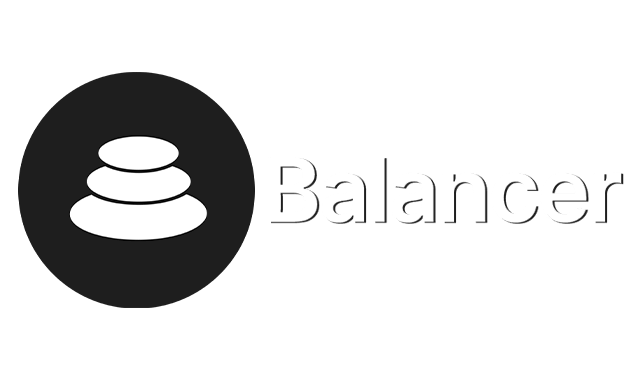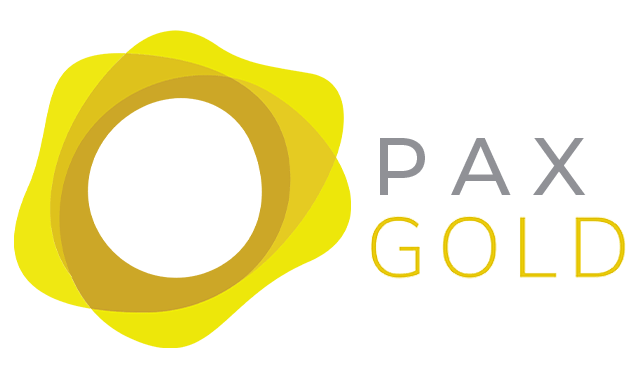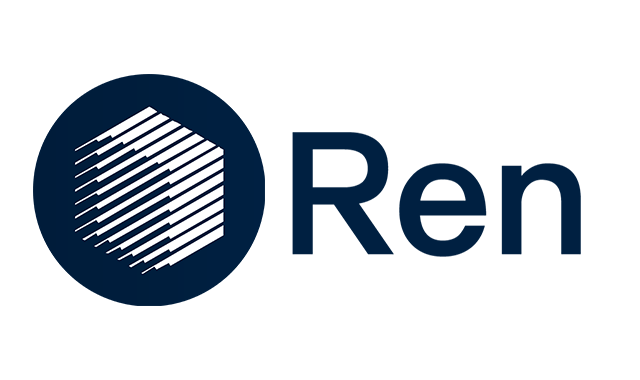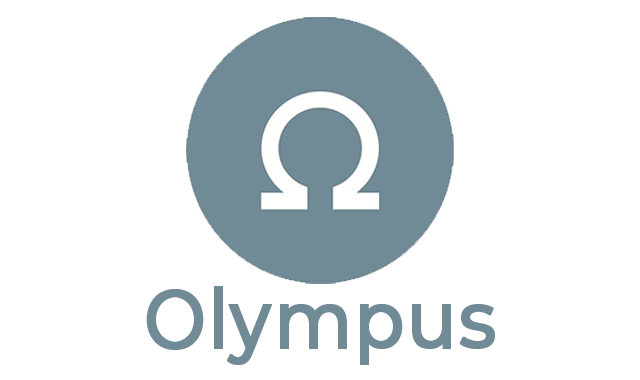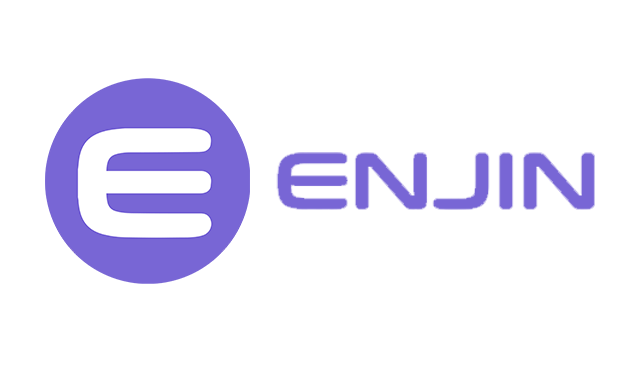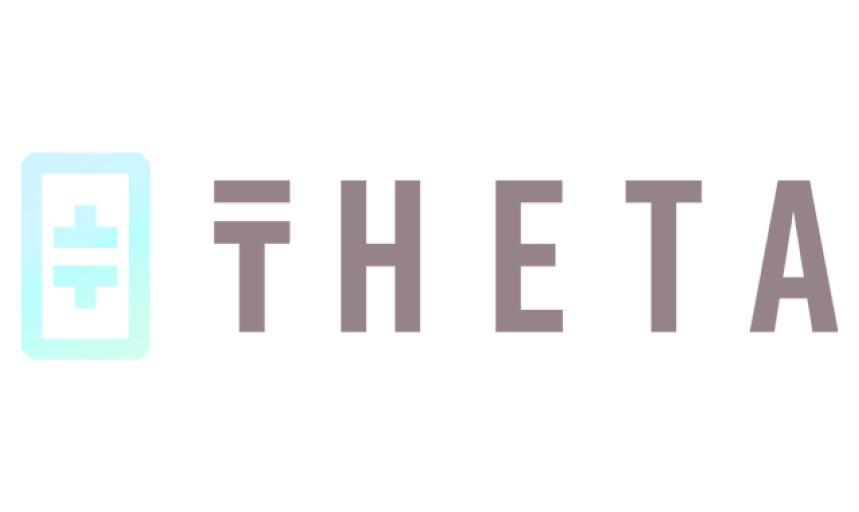The Power of Foundational Blockchain Technology!
Discover the bedrock of innovation. Explore Layer 1 blockchain solutions, shaping the future of crypto and beyond.
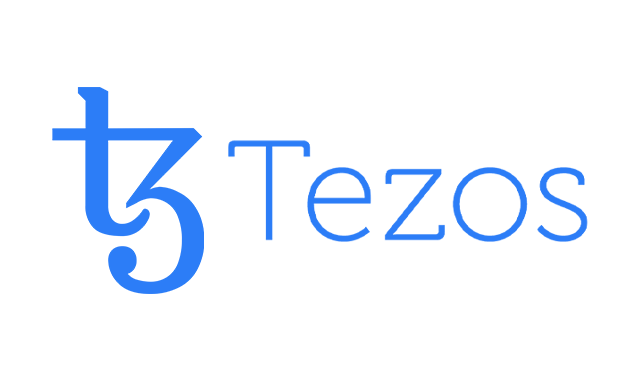
Trezos
Tezos is a decentralized, blockchain-based platform that deploys smart or digital contracts and creates decentralized applications (dApps). Unlike other blockchain platforms, it features an on-network governance system that allows stakeholders to vote on potential protocol upgrades.
Tezos is a cryptocurrency that facilitates transactions within the Tezos network and is used to pay transaction fees and incentivize operators. First launched in 2018 through an initial coin offering, Tezos has since gained a dedicated following in the crypto community due to its unique features and high-value use cases.
In this article, we’ll dive into the specifics of Tezos, explore what makes it stand out from other blockchain platforms, and the Tezos price today.
What is Tezos (XTZ)?
Tezos is an open-source blockchain ecosystem designed to power digital contracts, peer-to-peer (P2P) payments, protocols, Web3 services, NFT marketplaces, and projects and platforms such as DeFi applications. This platform uses a unique consensus mechanism called “Liquid Proof-of-Stake” (LPoS), which allows coin or token holders to participate in the validation of transactions and governance of the network. This platform is also backed by a community of validators.
The concept of holding and exchanging value in a digitally connected world is redefined by Tezos, a smart currency. One of the key features of Tezos is its on-network governance model, which enables stakeholders to propose, debate, and vote on changes to the Tezos protocol. This means that the network can evolve over time to meet the changing needs of its users without the need for hard forks.
Tezos is considered a Smart Contract Platform that also uses a formal confirmation process to ensure the security and correctness of digital contracts, which can help to mitigate the risks of bugs and vulnerabilities that have been seen in other blockchain platforms.
The native token of the Tezos network is Tez with a ticker symbol XTZ, which is used to pay transaction fees and as a reward for validating transactions. XTZ holders can also participate in voting on the governance, and proposals and deciding on the upgrades to the network protocol.
How does Tezos work?
Here’s a brief overview of how Tezos works:
- Validators: Tezos uses a PoS consensus mechanism, which means that participants can validate transactions and earn rewards for doing so. These participants are called validators or operators, and they are responsible for verifying transactions and adding them to the cryptographic ledger.
- Baking: Operators are selected to create new blocks in a process called “baking.” This involves creating a new block of transactions, validating them, and adding them to the cryptographic ledger. Operators can earn rewards for their work, and they can be penalized if they behave maliciously.
- Governance: One of the unique features of Tezos is its on-network governance mechanism. This means that changes to the protocol, such as upgrades or modifications, can be proposed and voted on by stakeholders. This allows the community to make decisions about the future of the platform in a trustless and democratic way.
- Smart contracts: This Protocol supports digital contracts, which are self-executing programs that can automate the exchange of value. These contracts are written in the Michelson programming language, which is specifically designed for Tezos. This allows developers to create a wide range of open-source applications, such as DeFi applications, gaming platforms, and more.
- Token: The native crypto coin of the Tezos network is XTZ, which is used to pay transaction fees and participate in the governance process. XTZ holders can vote on proposals to upgrade the protocol, and they can earn rewards by staking their coins and participating in the validation process.
The Technology Behind Tezos
The technology behind Tezos is designed to offer several advantages over other platforms, including better governance, faster upgradeability, and more efficient resource management.
Here are some key aspects of the technology behind Tezos:
- Proof-of-Stake Consensus Mechanism: Tezos uses a Proof of Stake (PoS) consensus mechanism, which allows users to participate in the validation of transactions on the network by staking their coins. This mechanism is designed to be more energy-efficient and scalable than the proof-of-work (PoW) mechanism used by Bitcoin and other digital currencies.
- Liquid Proof-of-Stake: Tezos uses a variation of PoS called “liquid proof-of-stake” (LPoS), which allows for greater flexibility and liquidity of staked coins. This means that coin holders can use their staked coins for other purposes while still participating in the validation process.
- Self-Amending Protocol: Tezos has a self-amending protocol, which allows for the platform to upgrade itself without requiring a hard fork. This means that upgrades can be implemented more efficiently and without disrupting the network or causing a split in the community.
- Formal Verification: Tezos has built-in support for this, which is a mathematical technique used to ensure the correctness of software code. This feature can help prevent bugs and vulnerabilities in smart contracts and DApps.
- Michelson: Tezos is also using a programming language called Michelson for writing digital contracts. Michelson is a stack-based language that is designed to be safe and easy to reason about. It also allows for the formal confirmation of contracts.
What makes Tezos Unique?
- Self-Amendment: Tezos has a unique governance model that allows it to amend its own protocol through a formalized voting process. This enables the network to upgrade itself without the need for protocol updates, which can be disruptive and contentious.
- Liquid Proof-of-Stake: Tezos uses a consensus mechanism called Liquid Proof-of-Stake (LPoS), which allows coin holders to participate in the consensus process and earn rewards for doing so. Unlike other PoS systems, LPoS allows the user to delegate their XTZ coins to other operators without transferring ownership, making it easier for coin holders to participate in the network.
- Formal Verification: Tezos has a formal built-in governance mechanism for the formal confirmation of digital contracts, which ensures that they are free from bugs and other vulnerabilities before they are deployed to the network. This helps to improve the security and reliability of the platform.
- On-Chain Governance: The platform has a formalized on-chain governance process that allows coin holders to vote on the protocol upgrade, funding for development projects, and other important decisions. This gives the community a voice in the future direction of the network and helps to ensure that it remains decentralized and transparent.
- Energy Efficiency: The platform is also designed to be energy-efficient, with a low carbon footprint compared to other blockchain networks. This is achieved through the use of LPoS, which consumes far less energy than other consensus mechanisms such as Proof-of-Work (PoW).
Community and Partnerships of Tezos
Community: Tezos has a vibrant and active community of developers, entrepreneurs, and enthusiasts. The community is spread worldwide, with many developers contributing to the platform’s development and maintenance. The community is organized into several groups, including the Tezos Commons Foundation, a nonprofit organization that provides support and resources to the organization in the Tezos ecosystem. Other groups include the Tezos Development Foundation, the Tezos Korea Foundation, and the Tezos Japan Foundation.
Partnerships: Tezos has formed partnerships with various organizations to enhance its ecosystem and promote the adoption of its technology. Some notable partnerships include:
- Taurus Group: Taurus is a leading provider of digital asset infrastructure services, and the partnership allows Tezos to leverage Taurus’ institutional-grade solutions to enable the integration of its technology into existing financial infrastructure.
- Elevated Returns: Elevated Returns is a digital asset management company, and the partnership enables Tezos to expand its use cases in the real estate industry.
- Ubisoft: Ubisoft is a leading video game developer and publisher, and the partnership allows Tezos to explore the use of cryptographic ledger technology in the gaming industry.
- Societe Generale: Societe Generale is a multinational investment bank, and the partnership enables the bank to experiment with issuing security coins on the Tezos cryptographic ledger.
- SmartPy: SmartPy is a development tool for writing and testing smart contracts, and the partnership enables developers to easily create and test smart contracts on the Tezos blockchain.
Where to buy or sell Tezos (XTZ)?
XTZ can be bought or sold on various cryptocurrency exchanges that allow you to buy and sell Tezos using USD, USDT, Bitcoin, and Ethereum. Here are some popular exchanges where you can buy or sell XTZ:
- Binance
- Coinbase
- Kraken
- Huobi Global
- Bitfinex
- BitMart
- DigiFinex
How can Tezos (XTZ) be mined?
Tezos aims to offer a different consensus algorithm than the traditional proof-of-work (PoW) used by Bitcoin and many other cryptocurrencies. It uses a proof-of-stake (PoS) consensus algorithm that allows users to “bake” or delegate their coins to operators who create new blocks on the blockchain and earn rewards in return.
Baking is the process of creating new blocks in the Tezos blockchain, and it requires staking a certain amount of XTZ coins as collateral. Operators who create new blocks are chosen randomly from a pool of bakers who have staked their Tezos tokens.
To start baking, a user must have at least 8,000 XTZ and set up a Tezos software node. The user can then delegate their coins to an operator or start baking themselves.
If a user does not have 8,000 XTZ, they can still participate in the PoS consensus algorithm by delegating their coins to an operator. Delegating does not require any technical expertise, and users can delegate their coins to an operator using a wallet that supports Tezos staking.
How does Tezos compare against its competitors?
Tezos faces stiff competition in the crowded blockchain space, with several other platforms vying for dominance. One of its main competitors is Ethereum (ETH), the second-largest cryptocurrency by market capitalization after Bitcoin. However, it uses a different consensus mechanism called PoS and has been plagued by high transaction fees and scalability issues.
Another competitor is Cardano (ADA), launched in 2017 by Charles Hoskinson, one of the co-founders of Ethereum. Cardano also uses a PoS consensus mechanism and strongly focuses on academic research and peer review. It claims to have solved many scalability and sustainability issues other blockchains face.
EOS (EOS) is another contender. Launched in 2018 by Block.one, it uses a delegated PoS consensus mechanism. It claims to be the fastest platform, processing millions of transactions per second. However, it has faced criticism for being too centralized and controlled by a small group of block producers.
Other competitors include Tron (TRX), which focuses on the entertainment industry, and Polkadot (DOT), designed to connect different networks. Each platform has strengths and weaknesses, and the competition will likely intensify as more players enter the market.
Despite the competition, Tezos has several advantages that set it apart. First, its unique governance model allows for flexibility and adaptability. At the same time, its focus on security and formal confirmation ensures that self-executing contracts are reliable and trustworthy. It also has low transaction fees and a growing ecosystem of dApps and developers. As a result, Tezos is well-positioned to compete and thrive.
Tezos History
Tezos released its original white paper in September 2014 after releasing its position paper in August 2014. Tezos is a blockchain-based platform that was created in 2017 by Arthur and Kathleen Breitman. Arthur is formerly employed by Google X and Waymo as a research engineer. Additionally, they established a company called Dynamic Ledger Solutions, whose job was to create the code that would support the Tezos protocol. While providing frequent upgradeability and improved functionality over time, its modular architecture and formal upgrade mechanism reduce disruptions.
Using languages like Ocami and Michelson, the platform is intended to offer safety and code correctness for assets which makes formal verification easier, a method frequently used in mission-critical industries. The platform uses a proof-of-stake consensus algorithm and is designed to be a self-governing network, with stakeholders able to vote on changes to the protocol.
XTZ is a cryptocurrency that was launched through an initial coin offering (ICO) in July 2017, during which it raised a record-breaking 232 million USD. However, the launch was not without controversy. The Tezos Foundation, which was established to oversee the development of the platform, was criticized for the way it managed the funds raised during the ICO. This led to a class-action lawsuit, which was eventually settled for $25 million.
Despite these setbacks, the platform has continued to grow in popularity and usage. In 2019, it was added to the Coinbase exchange, which helped to increase its visibility and liquidity. Since then, it has also been added to other major exchanges such as Binance, Kraken, and Huobi.
In terms of technical development, Tezos has made significant progress since its launch. In 2019, it implemented a major upgrade known as Babylon, which introduced several new features such as support for digital contracts written in the Michelson programming language. In 2020, it introduced another upgrade known as Delphi, which improved the efficiency and security of the platform.
Today, the Tezos Platform is used by a growing number of developers and businesses for a variety of applications, ranging from decentralized finance (DeFi) to non-fungible tokens (NFT). Its self-governance model and focus on on-network governance have made it an attractive platform for those who value decentralized decision-making and community involvement.
XTZ Price Statistics
TEZOS Price Live: XTZ to USD Price
XTZ Market Cap
The daily trading volume
What is the all-time high and all-time low for Tezos (XTZ)?
Related Crypto
